Content ideation can seem complicated and time-consuming. It often feels as if everything that could be written about already is. And although this may be true, this should not deter you from creating. In this post, I’ll share ways your current content, user feedback, and competitors can inspire you to create high-quality content that will resonate with your audience.
1. Update Your Existing Content
Before you brainstorm new ideas, start by performing an audit on the content you already have. The first thing you should check is the publish date and whether there have been any changes to the topic. It may sound simple, but updating your content or even taking down posts that are no longer relevant can increase site traffic.
A content audit can also help you determine what content you need to expand on. Use the top search queries in Google to help you understand what users are looking for and establish whether you have that content on your page. Once you are sure that your content satisfies user intent, make sure that content is easy to find, navigate, and understand.
For example, if I were trying to find inspiration for nail art, I would assume that a nail polish brand would produce the content I have in mind. But just because their site contains it, does not mean it is paying off.
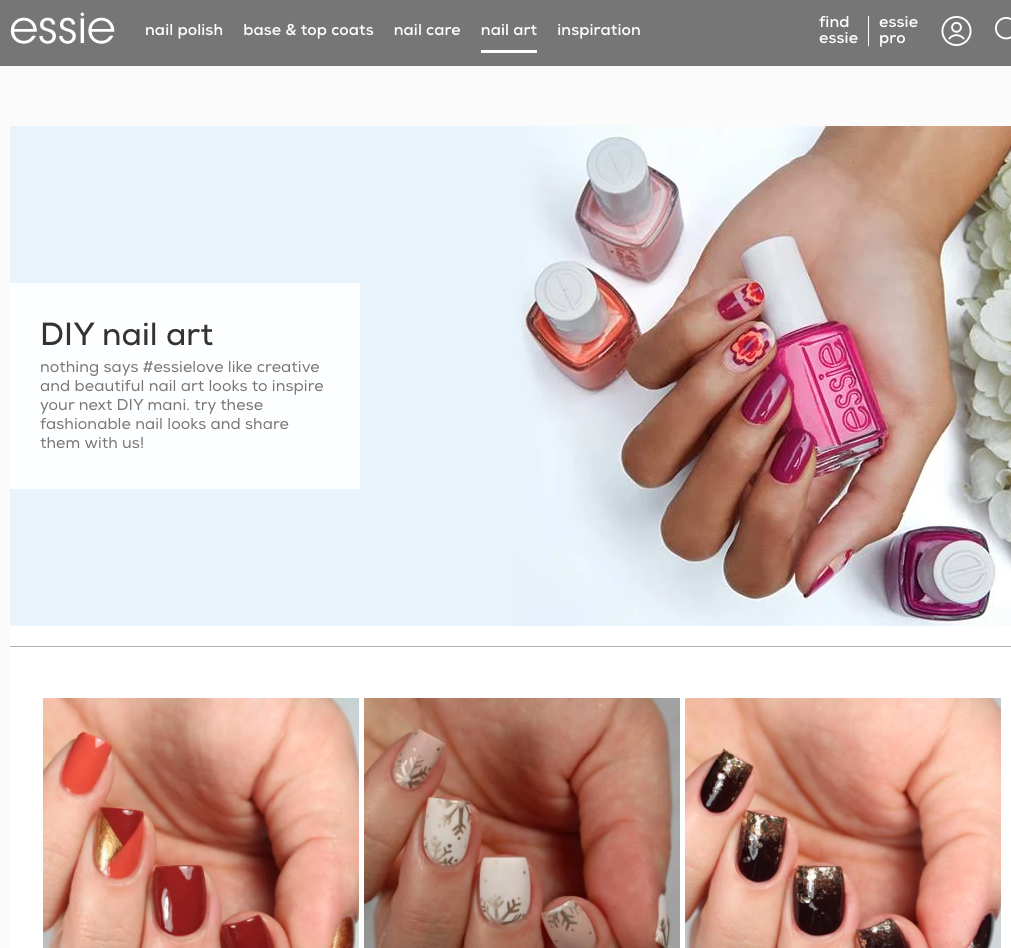
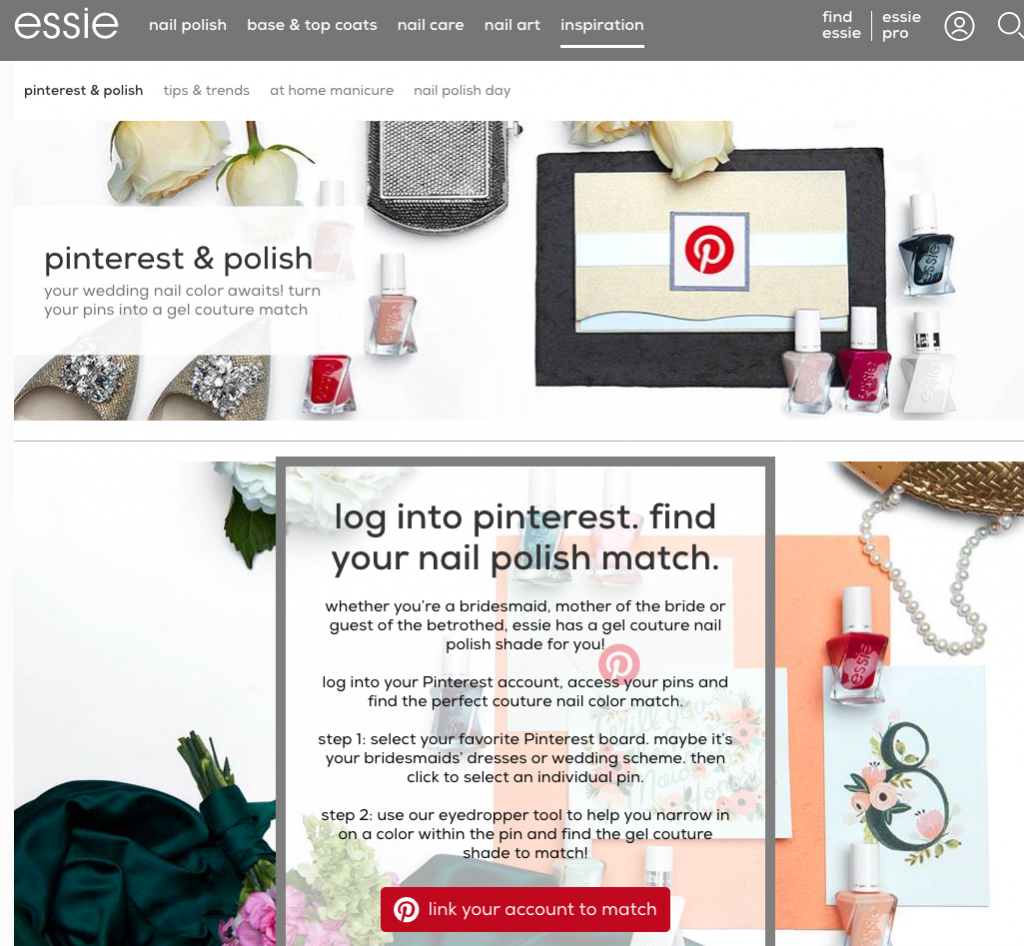
Upon my arrival on Essie.com, I uncovered a roadblock in the user journey between “nail art” and “inspiration” in the navigation pane. Which one will best meet my query? What’s the difference? A potential solution could be to include “nail art” in the drop-down menu under inspiration. Many users can get deterred from a page due to a lack of usability before discovering the content. Performing a content audit on Essie.com shows that the placement is as imperative as the content itself.
Now that you know how a content audit can help you improve your content, uncover additional inspiration by looking at user feedback.
2. Utilize User Feedback
Once everything is up to date, there can be other reasons your content is still not gaining traction. One way to gauge your current performance is by collecting and analyzing user feedback.
One brand that is notorious for great, user-centric content is Glossier. Given that this makeup line started as a beauty blog, a key to their online success is their utilization of user feedback. To get a better understanding of the questions and input they receive, I scrolled through the comments on Glossier’s Instagram account about their blush product Cloud Paint.


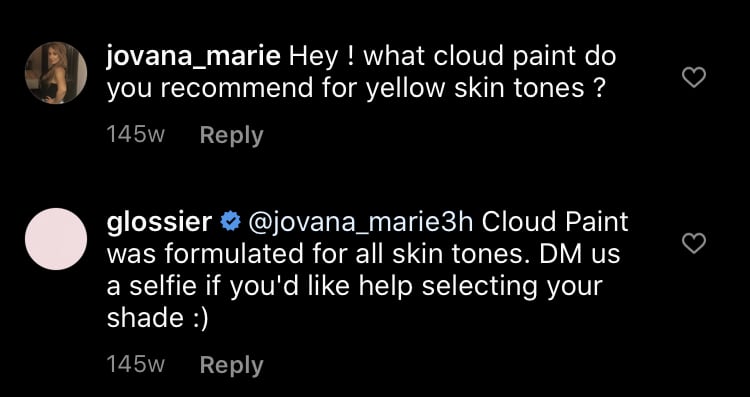


Here, I found two recurring themes: most users wanted to find the right shade of blush for their skin tone, and they wanted to make sure the product contained high-quality ingredients. Besides addressing the questions in the comments above, Glossier collected this user feedback and used it to improve the content on their product page.
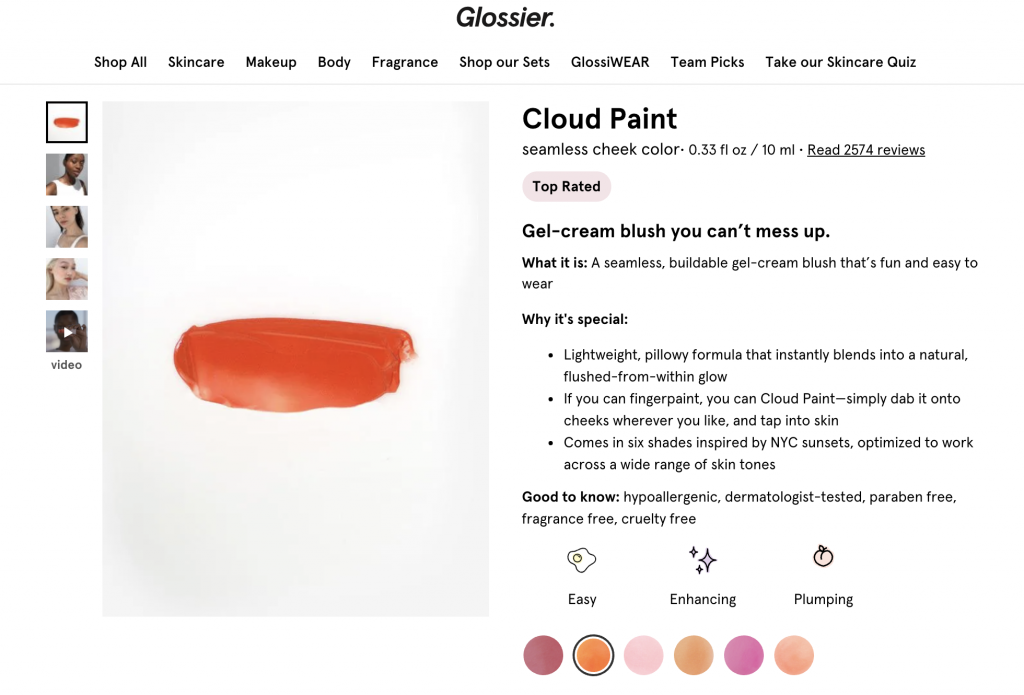
By clicking on each blush option, the user can view a video of each shade applied to a variety of skin tones. Glossier takes it one step further by including product ingredient information at the bottom of the description.
3. Learn From Your Competitors
If your content is up to date, and you have implemented user feedback, consider researching your top three to five competitors. By reviewing their blog articles, product descriptions, and SERPs, you can use these insights to improve your content and compete in this digital space.
Let’s say you’re a brand that sells eyeglasses online. It can be difficult to advertise to customers that may be hesitant to buy a pair without trying them on. By taking a look at the top competitors in the online eyeglass industry, we can see how they attempt to combat this issue.
Warby Parker includes a “Home Try-On” program that takes users through a quiz to find the ideal style to fit their needs. Once the results are generated, they send five frames to try on in person to ensure customer satisfaction.
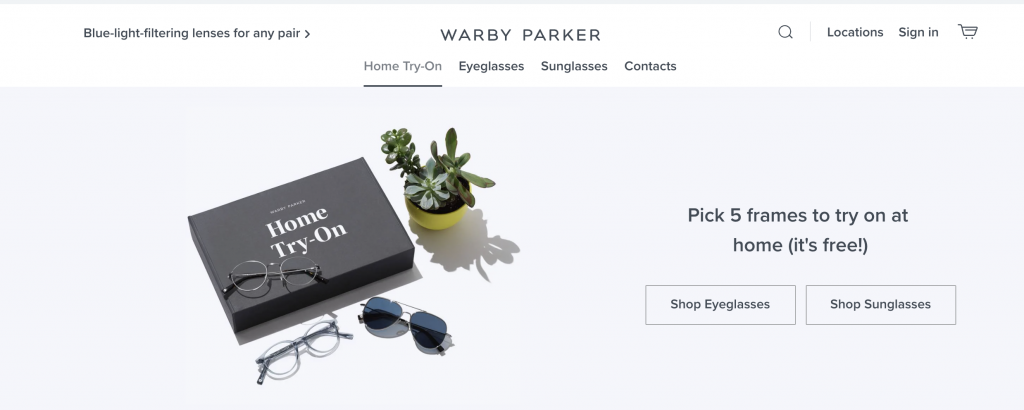
Although it may be unrealistic to compete with Warby Parker’s approach, there are plenty of additional competitors to explore. By clicking “Frames and face shapes” underneath the discover tab on EyeBuyDirect’s homepage, you can see their unique approach to the same concern. Here, they acknowledge the user’s hesitation by providing the video: “How to Pick Glasses for Your Face Shape.”
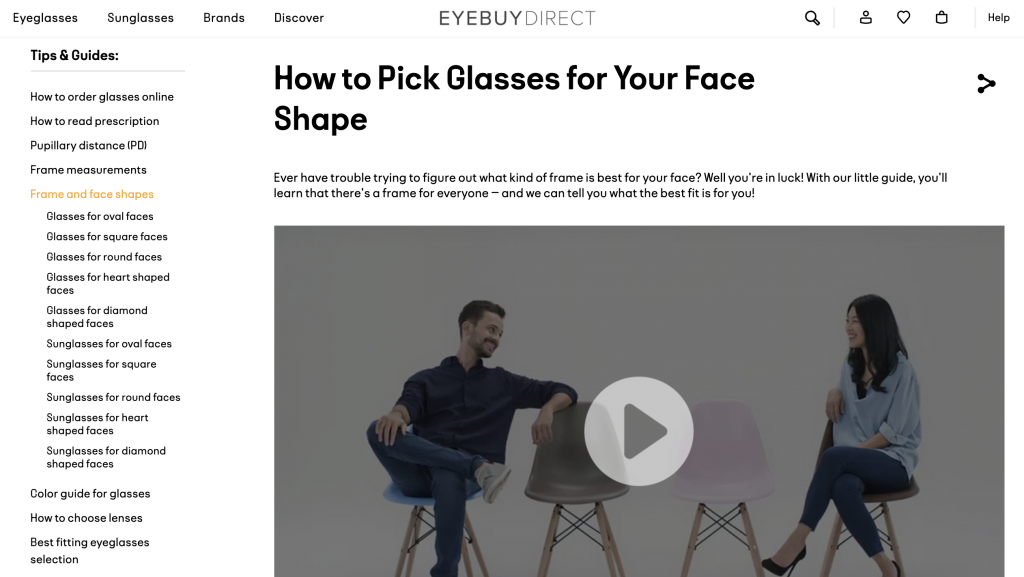
Zenni’s version of “try before you buy” gives customers the chance to try on each style with a virtual mirror.
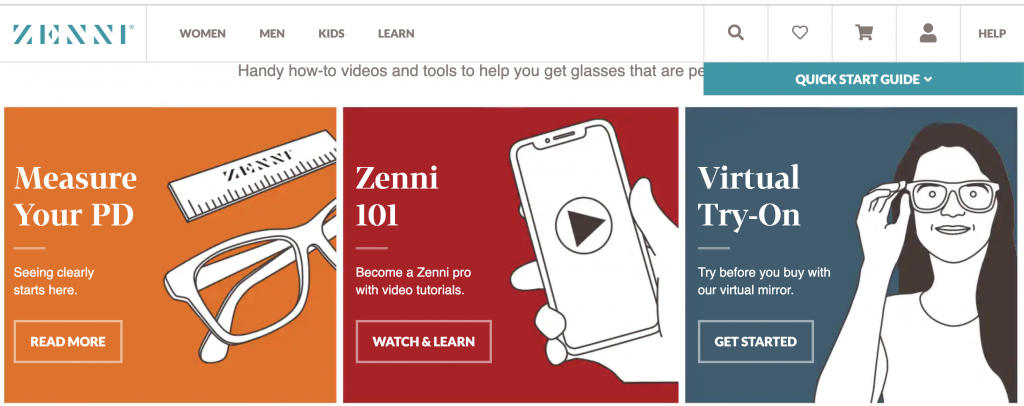
As you review these approaches, you may find that your site does not contain content that addresses this common user concern, which can be a barrier to acquiring new customers. By analyzing your competitors, you can create better content by learning what they are doing well, or where they may be falling short of meeting their users’ needs.
Final Thoughts
In a world with so much content, much of it is thin, outdated, or not useful to the reader. What makes the brands I mentioned successful is that they prioritize quality over quantity. They take the time to create content, not for its sake but also to make sure it serves a distinct purpose to their online audience.
By keeping your current content inventory up to date, implementing user feedback, and analyzing your competitor’s strategies, you can generate intentional, meaningful content without spinning your wheels. And the best place to start is by building on and improving what is already out there.
If you’re still looking for more content ideation tips, check out this blog post, The Best Research Tools to Write Killer Content. You can also try ideating with our content idea generator, which will spit out headline ideas based on topics you put in. This can be a fun way to get your wheels turning and creative juices flowing!









